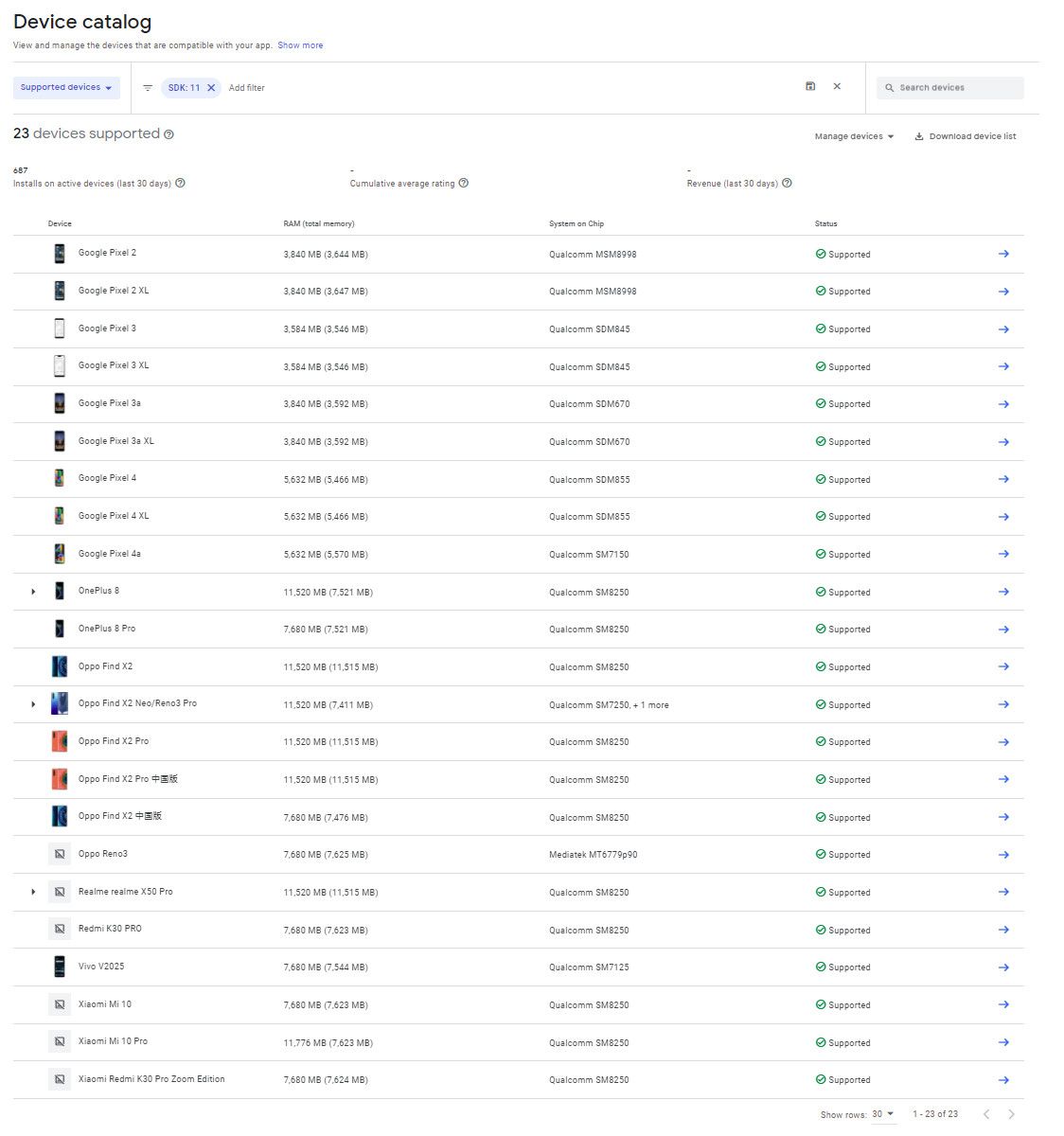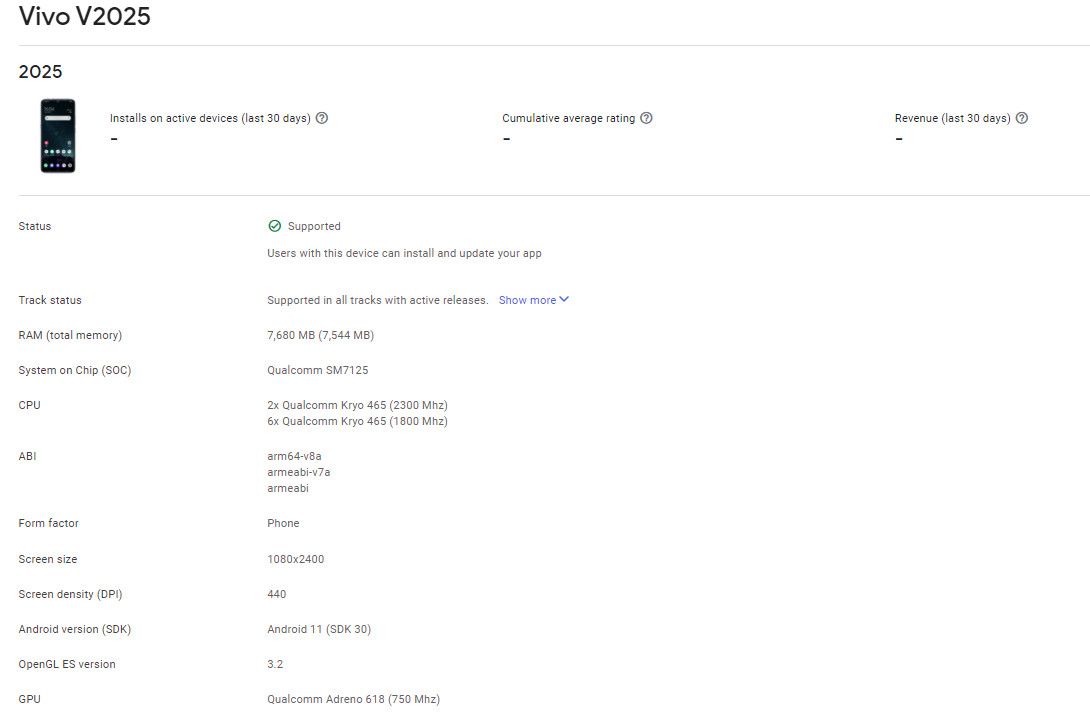OnePlus has a commendable track record of pushing Android security updates for its devices. The company usually ships the latest Android security patches from Google to its current-gen flagships within days of their release, with similar updates for older devices following shortly thereafter. However, since the company is currently pushing OxygenOS 11 Open Beta builds for the OnePlus 8 series, it’s yet to ship the September security patches to the devices on the stable channel. Thankfully, that’s not the case for other devices in the company’s portfolio as they’ve now started receiving the September security patches with the latest OxygenOS stable update.
OxygenOS 10.5.8 for the OnePlus Nord
As per a recent post on the OnePlus Community forums, the company has started rolling out OxygenOS 10.5.8 for its mid-range OnePlus Nord. As mentioned earlier, the update includes the Android security patches for September 2020, along with a few other improvements. Here’s the complete changelog for the latest OxygenOS stable release for the device:
- System
- Newly added “Hide silent notifications in status bar” feature to filter unimportant notifications, making the app notification management easier (Route: Settings>Apps & Notifications> Notifications> Advanced> Hide silent notifications in the status bar)
- Optimized the expanded screenshot user experience for some scenes
- Fixed known issues and improved system stability
- Updated Android security Patch to 2020.09
- Camera
- Optimized image stabilization performance
- Display
- Improved general display calibration
- Network
- Optimize the network stability
OxygenOS 10.0.8 (EU)/10.3.5 (India & Global) for the OnePlus 7 series
OnePlus’ flagship OnePlus 7 series from last year is also getting a similar update on the stable channel. The update includes the Android security patches for September 2020, a new user assistance feature, optimizations to the power consumption on the OnePlus 7 Pro, and more. Here’s the complete changelog for the latest OxygenOS stable release for the devices:
- System
- Newly added user assistance feature to help user master usage skills quickly (Route: Settings>OnePlus Tips&Support)
- Optimized power consumption of the system and improve user experience (OP7 Pro Only)
- Fixed the flashback issue with some third-party apps
- Fixed known issues and improved system stability
- Updated Android Security Patch to 2020.09
OnePlus 7 XDA Forums || OnePlus 7 Pro XDA Forums
As with all OxygenOS stable releases from OnePlus, the latest updates for the OnePlus 7 series and the OnePlus Nord will be rolled out to users in a staged fashion. This means that the updates will first reach only a handful of users today. Once the company confirms that there are no major issues with the update, it should roll out to more users.

Along with the aforementioned updates, the company is also rolling out OxygenOS 10.0.39.HD61CB for the OnePlus 7T Pro McLaren Edition. As per a recent post from XDA Member fixit35, the update brings support for 5G SA to the device, Android security patches for August 2020, and general improvements and bug fixes.
In case you don’t wish to wait for the latest OTA updates for your device, we’ve managed to procure download links for the flashable .zip files. As of now, we have access to the update packages for the OnePlus Nord only. We will update this post with the other download links as soon as we get a hold of them.
Downloads
- OxygenOS 10.5.8 for the OnePlus Nord:
- Global
- Europe
- Full OTA
- Incremental OTA from OxygenOS 10.5.7
- India
- OxygenOS 10.0.8 (EU)/10.3.5 (India& Global) for the OnePlus 7:
- Global
- Full OTA
- Incremental OTA from OxygenOS 10.3.4
- Europe
- Full OTA
- Incremental OTA from OxygenOS 10.0.7
- India
- Full OTA
- Incremental OTA from OxygenOS 10.3.4
- Global
- OxygenOS 10.0.8 (EU)/10.3.5 (India& Global) for the OnePlus 7 Pro:
- Global
- Full OTA
- Incremental OTA from OxygenOS 10.3.4
- Europe
- Full OTA
- Incremental OTA from OxygenOS 10.0.7
- India
- Full OTA
- Incremental OTA from OxygenOS 10.3.4
- Global
Source: OnePlus Community forums (1,2)
Thanks to XDA Senior Member Some_Random_Username for the download links!
The post OnePlus rolls out new OxygenOS stable builds for the OnePlus Nord and OnePlus 7 series with September 2020 patches appeared first on xda-developers.
from xda-developers https://ift.tt/3jo7jz2
via IFTTT

















